A while ago I did a bit of a tear-down on crystals and crystal oscillators. I looked at the equivalent circuit of a crystal and put some notes on my basic web-site.
I have to mention the source of pictures to keep within site rules
I analysed a few different 10 MHz crystal data sheets and "contrived" an equivalent circuit of a typical device that has a series resonant frequency of exactly \$\color{red}{\text{10.000000 MHz}}\$.
The series resonant frequency is not the oscillation frequency; it's close but, it's not the same (more later)
If the crystal was used in a Pierce oscillator, it would oscillate a shade higher at around 10.001 MHz and, if this "contrived" crystal were a real device it would be marked 10.001 MHz. Example of a Pierce oscillator if you were to build it from scratch: -

If you took the "contrived" 10.001 MHz crystal and plotted its impedance it would look like this: -

And, as I said before, it would oscillate at about 10.001 MHz despite it being series resonant at 10.000000 MHz (more later on why). At 10.001 MHz you can see that the crystal has an impedance of about 1000 Ω (and is in the inductive section of the graph).
Because it presents an impedance of 1000 Ω, we can calculate the current flowing though it based on the drive voltage from the OSCOUT terminal. We would normally consider the OSCOUT terminal to be a 3.3 volts p-p square wave. However, because of the output capacitor (27 pF) and the internal output resistance of the inverting gate, it will be a bit lower and more sine shaped.
I estimate that the drive voltage hitting the crystal will be about 1 volt RMS.
Given that the crystal has an impedance of 1000 Ω and there is another 27 pF capacitor to ground at OSCIN, we can calculate the full loading impedance to be around 1100 Ω (1000 Ω + Xc).
This means a crystal current of 909 μA and, a power through the internal resistance of the crystal (60 Ω) of 50 μW.
Anyway, the bit that shows the crystal operates slightly higher than the series resonant frequency: -

Adding the input and output capacitors makes the voltage phase shift through the circuit 180° at a frequency slightly higher than 10.000000 MHz. The internal silicon in the chip is an inverter and, that adds another 180° phase shift hence, the total phase shift around the loop is 360° (equivalent to 0°) and, it will oscillate.
OK, the crystal shown in the question is a 12 MHz type but the principle is the same, it will have an operating impedance of around 1000 Ω. But, it's still an imperfect analysis so, the only way to resolve this is to ask the supplier for the crystal's equivalent circuit and simulate it. Or measure it if you are so inclined.



